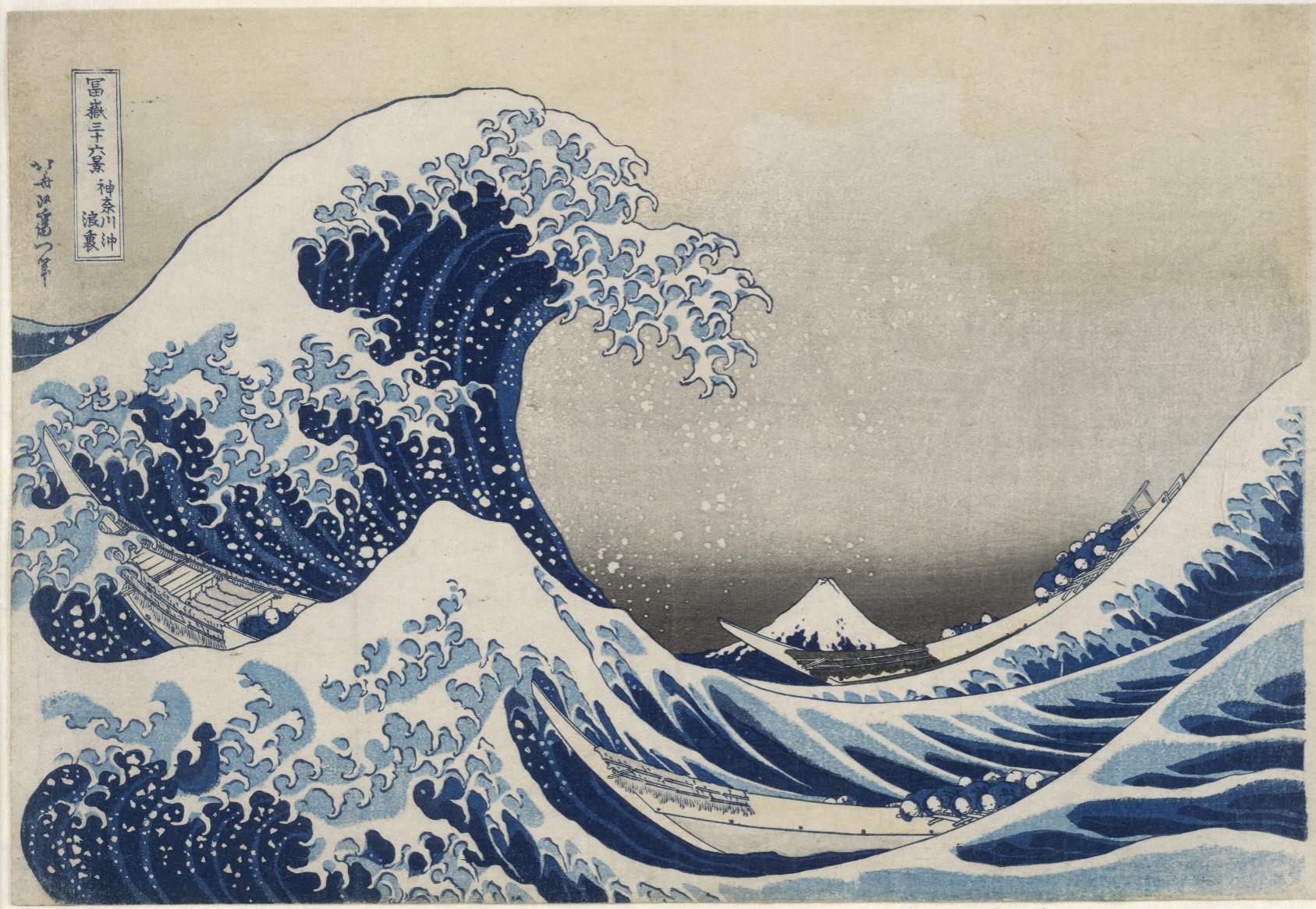
Katsushika Hokusai, The Great Wave off Kanagawa, 1830-32. Woodblock print.
Perhaps the greatest Japanese artist of all time, Katsushika Hokusai’s (1760–1849) The Great Wave is instantly recognizable around the globe. His woodblock prints inspired Post-Impressionists like Vincent van Gogh and are still some of the most influential works to printmakers today. Over the course of his lifetime, Hokusai was immensely productive, creating over 1,000 paintings, 3,000 color prints, illustrations for over 200 books, and hundreds of drawings. For many years, scholars have pondered over a period of relatively unproductive years for the artist. Having suffered through personal tragedy, it was thought that Hokusai retreated from his work for a time, before reemerging with his famous Thirty-Six Views of Mt Fuji (c. 1831–1833) series.
Now the British Museum has proof that the artist never slowed his pace, having recently added 103 previously unknown drawings to their Hokusai collection, which includes a version of The Great Wave. Created in 1829, the drawings were part of an ambitious project called the Great Picture Book of Everything, which went uncompleted. It is unclear why the drawings were not published in the artist’s lifetime and the works remained hidden away in a private collection until last year, when they were rediscovered.
The drawings for the book are wide-ranging in subject matter, but all convey Hokusai’s mastery of the line and delicate sensibilities in portraying the world around him. Here is a sampling of the drawings, to be part of a future exhibition at the British Museum.






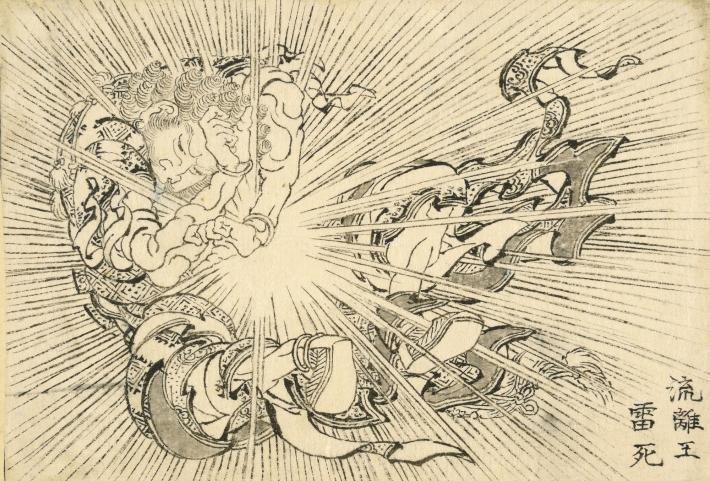
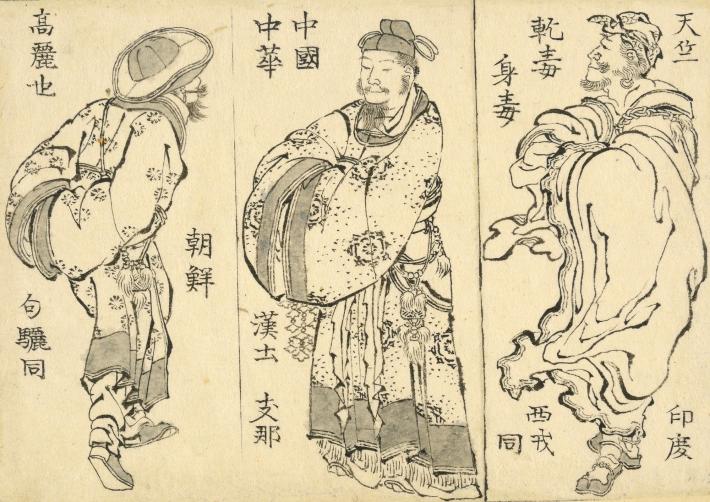
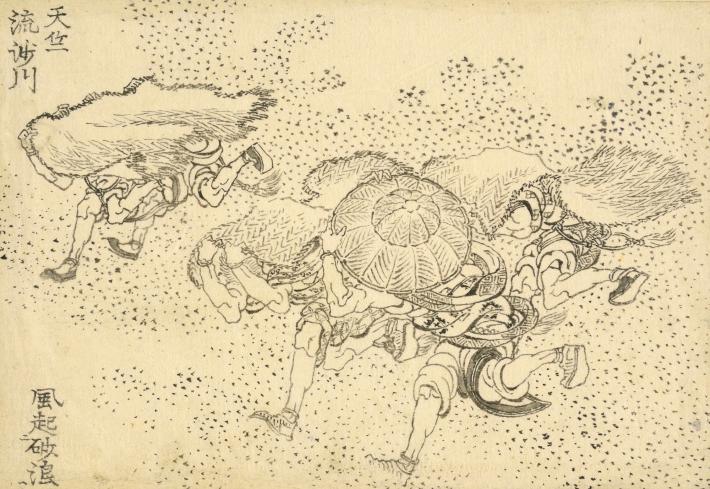
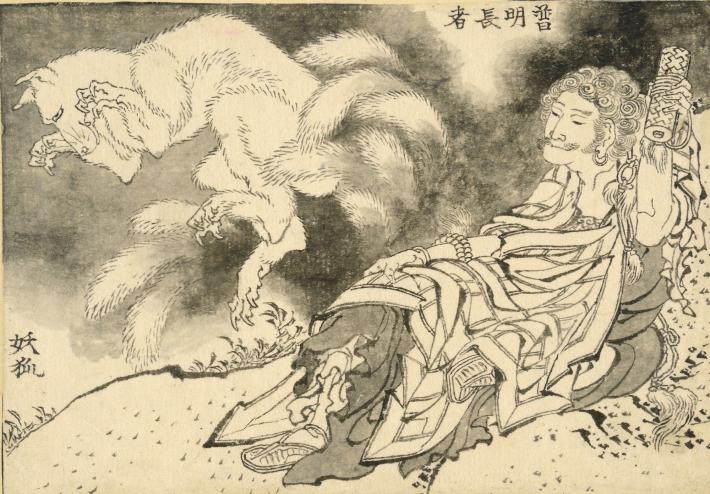


















![DEl Kathryn Barton [Australian b. 1972] the more than human love , 2025 Acrylic on French linen 78 3/4 x 137 3/4 inches 200 x 350 cm Framed dimensions: 79 7/8 x 139 inches 203 x 353 cm](/sites/default/files/styles/image_5_column/public/ab15211bartonthe-more-human-lovelg.jpg?itok=wW_Qrve3)


